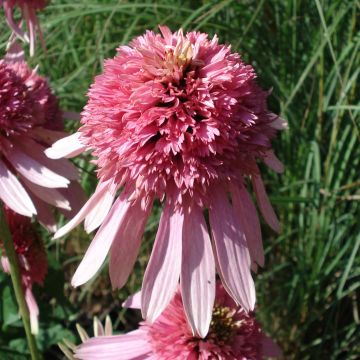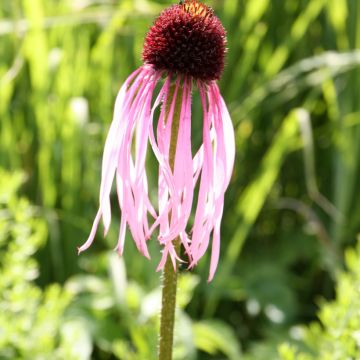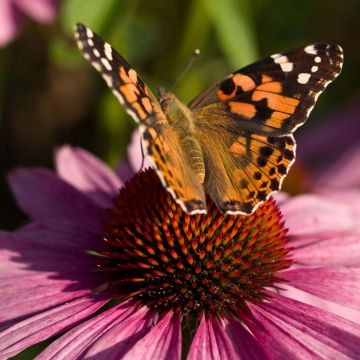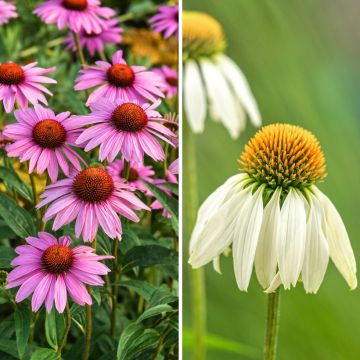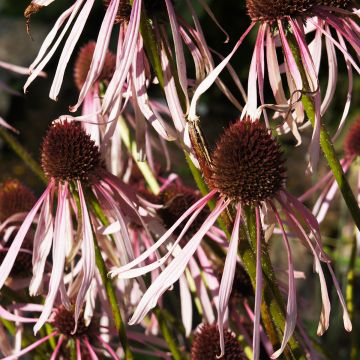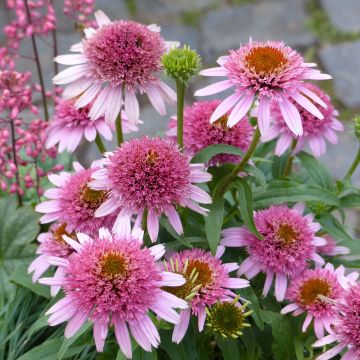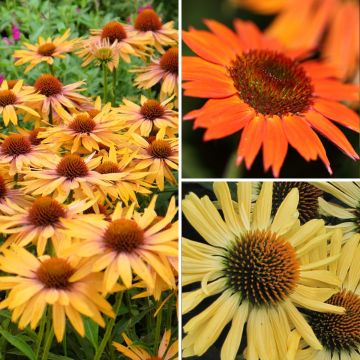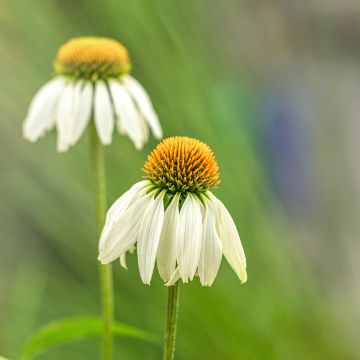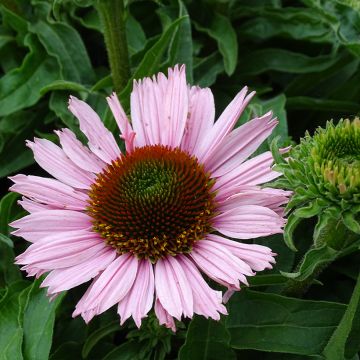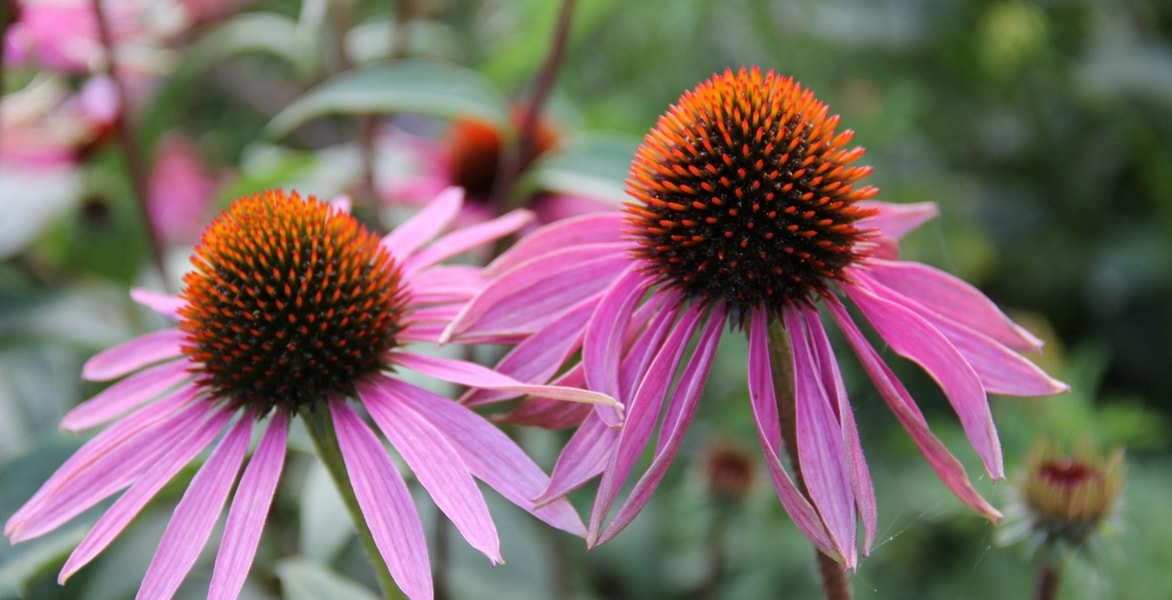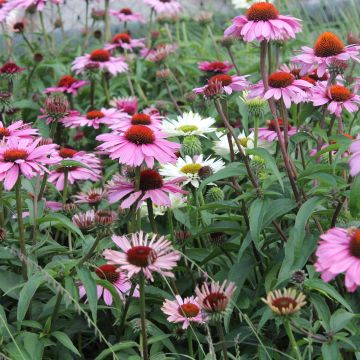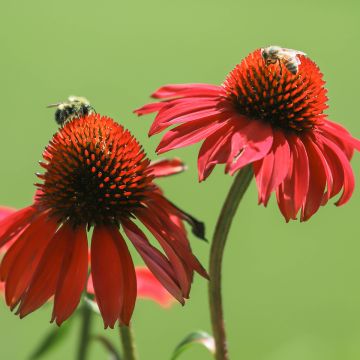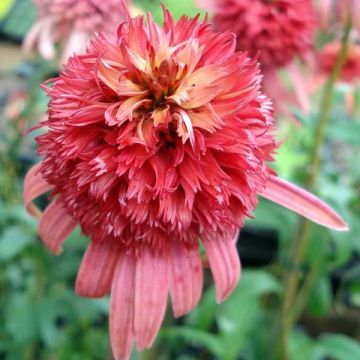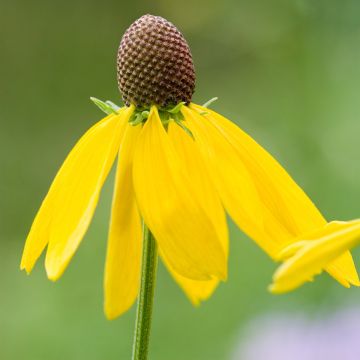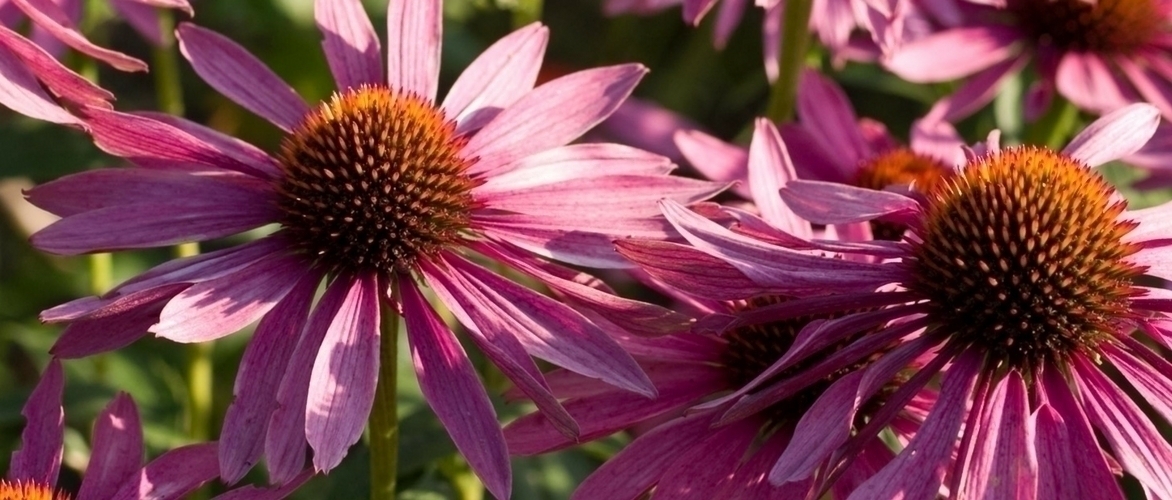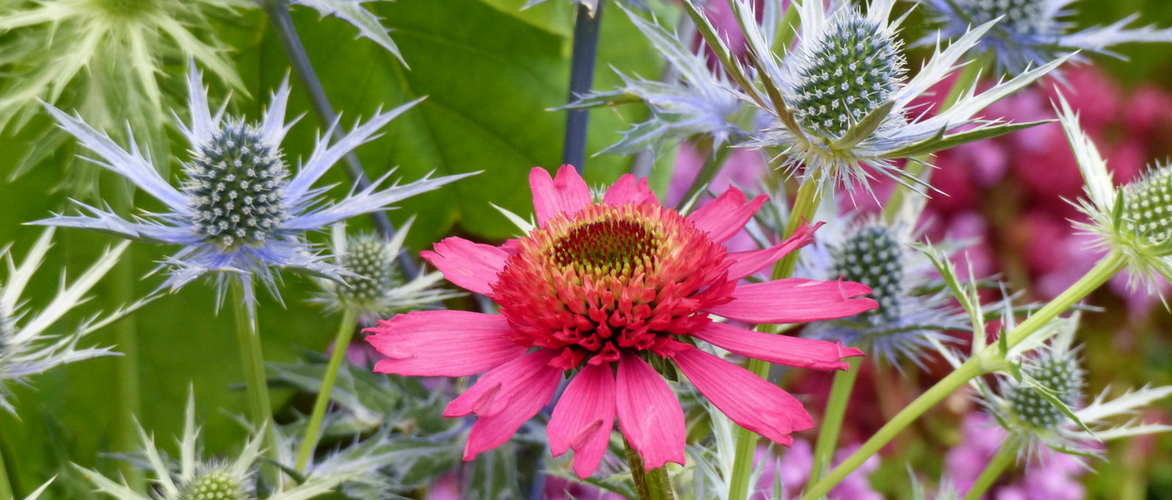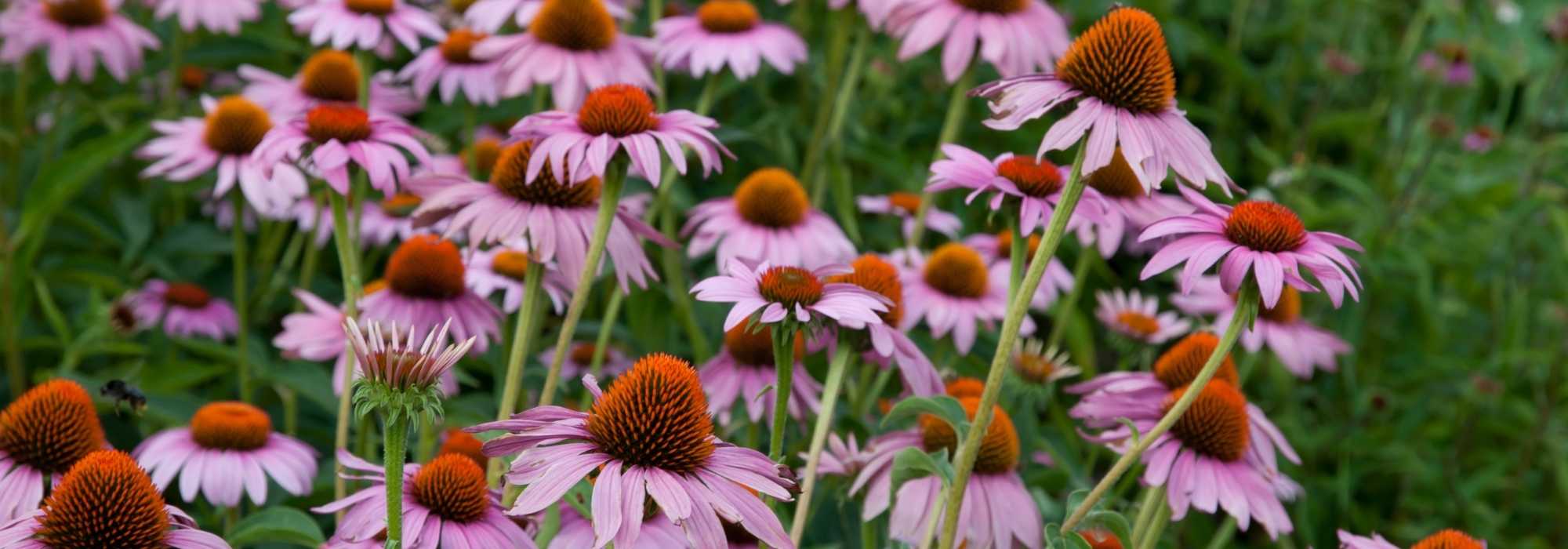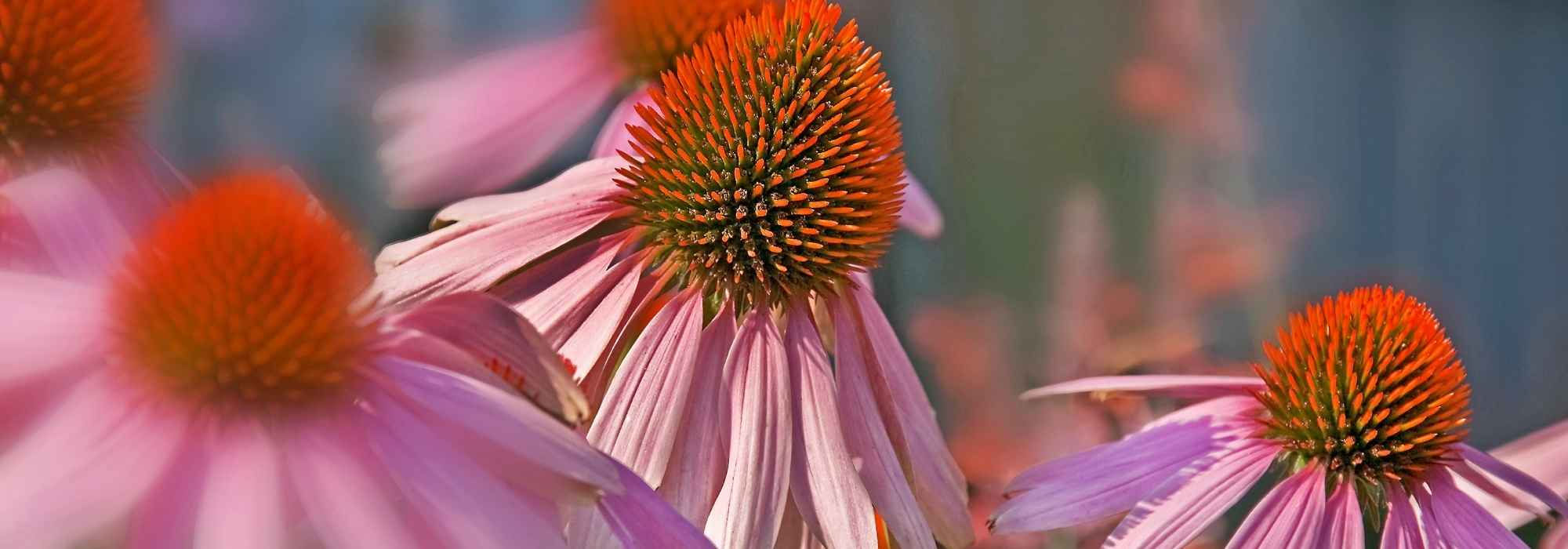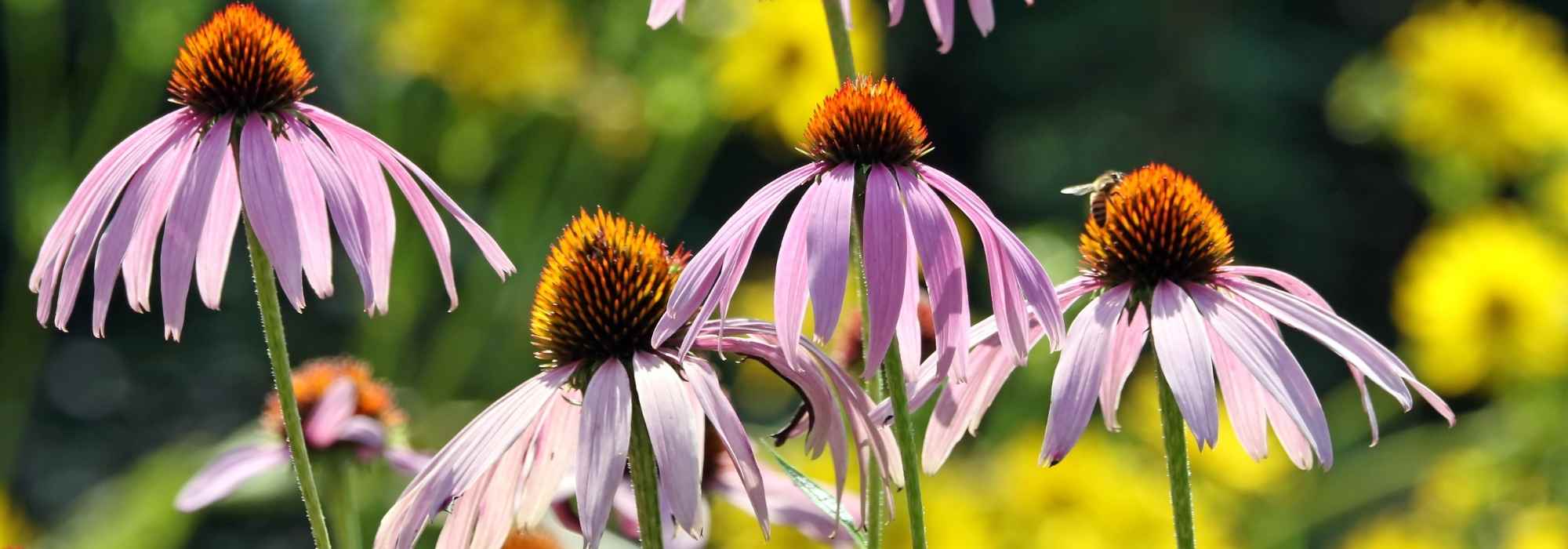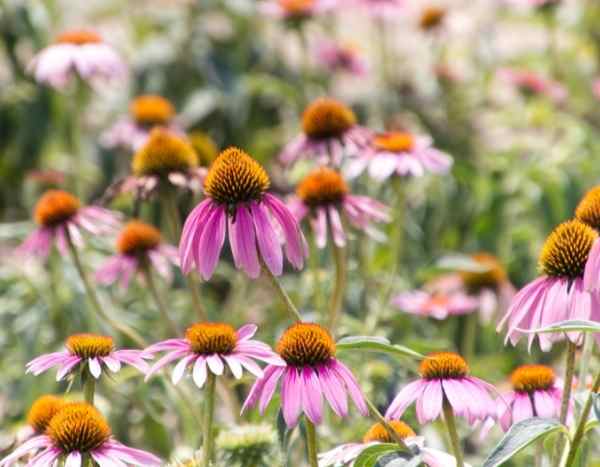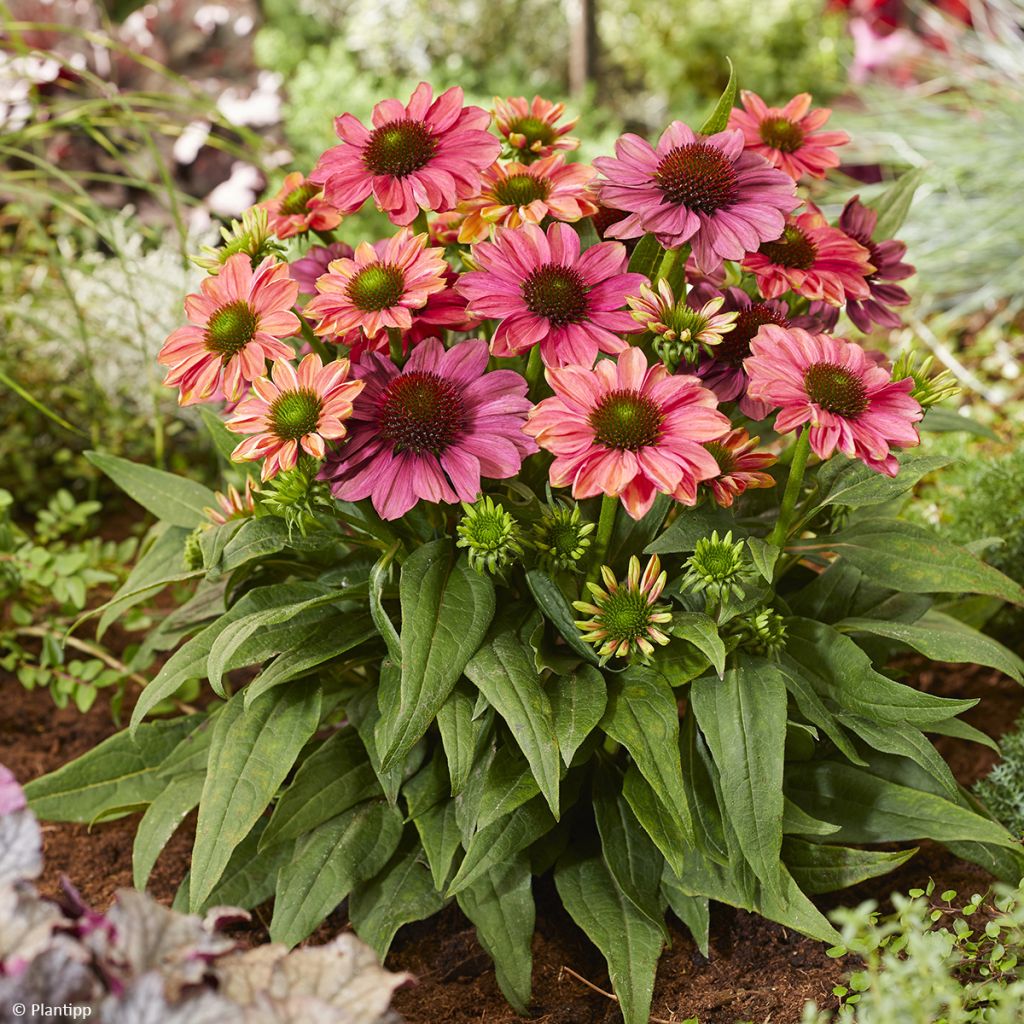

Echinacea Evolution Colorific - Purple coneflower
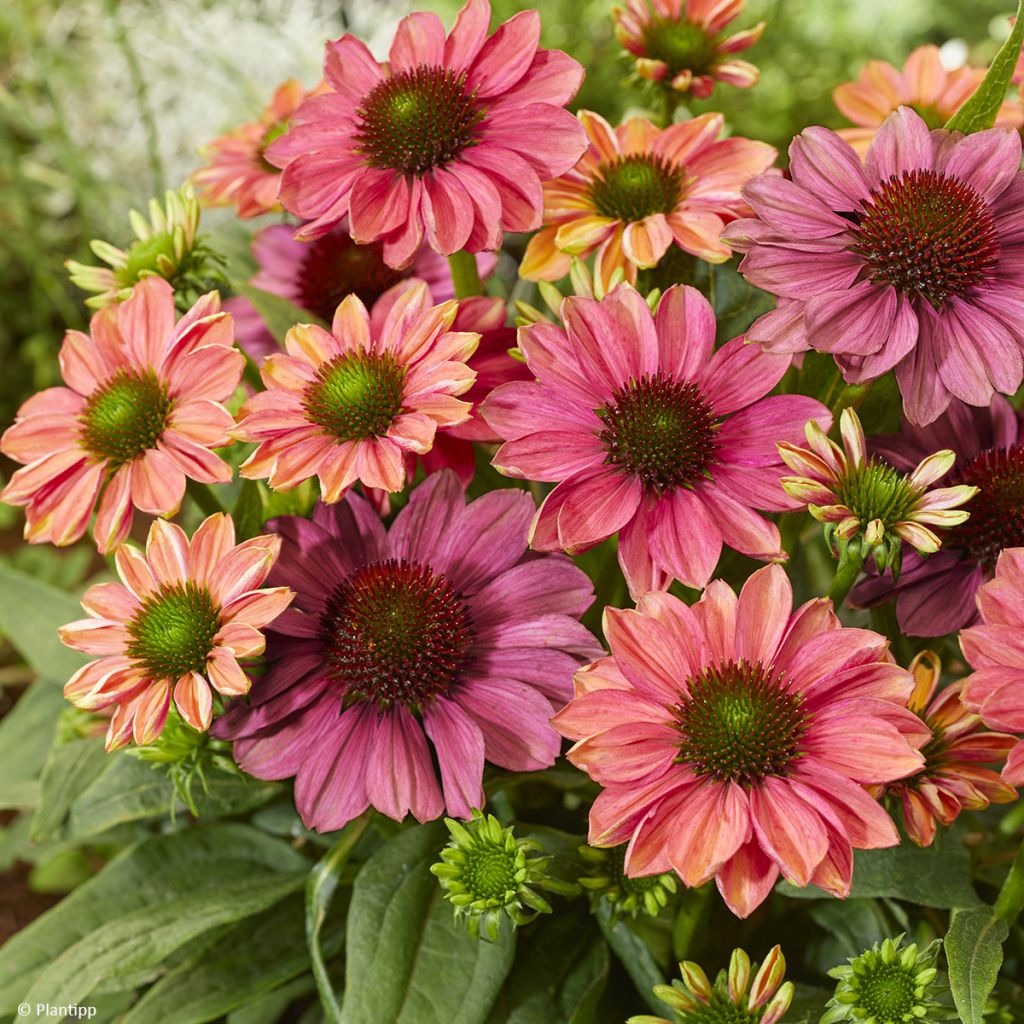

Echinacea Evolution Colorific - Purple coneflower
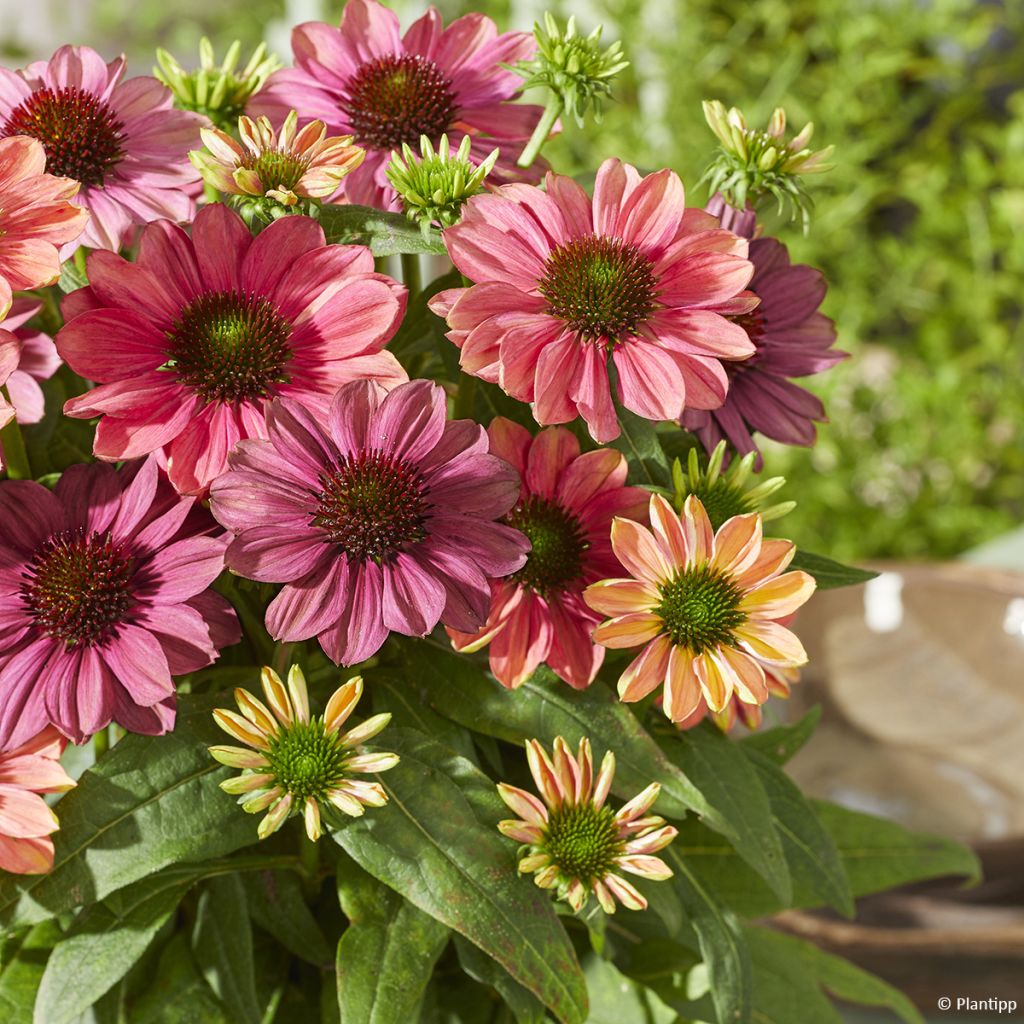

Echinacea Evolution Colorific - Purple coneflower
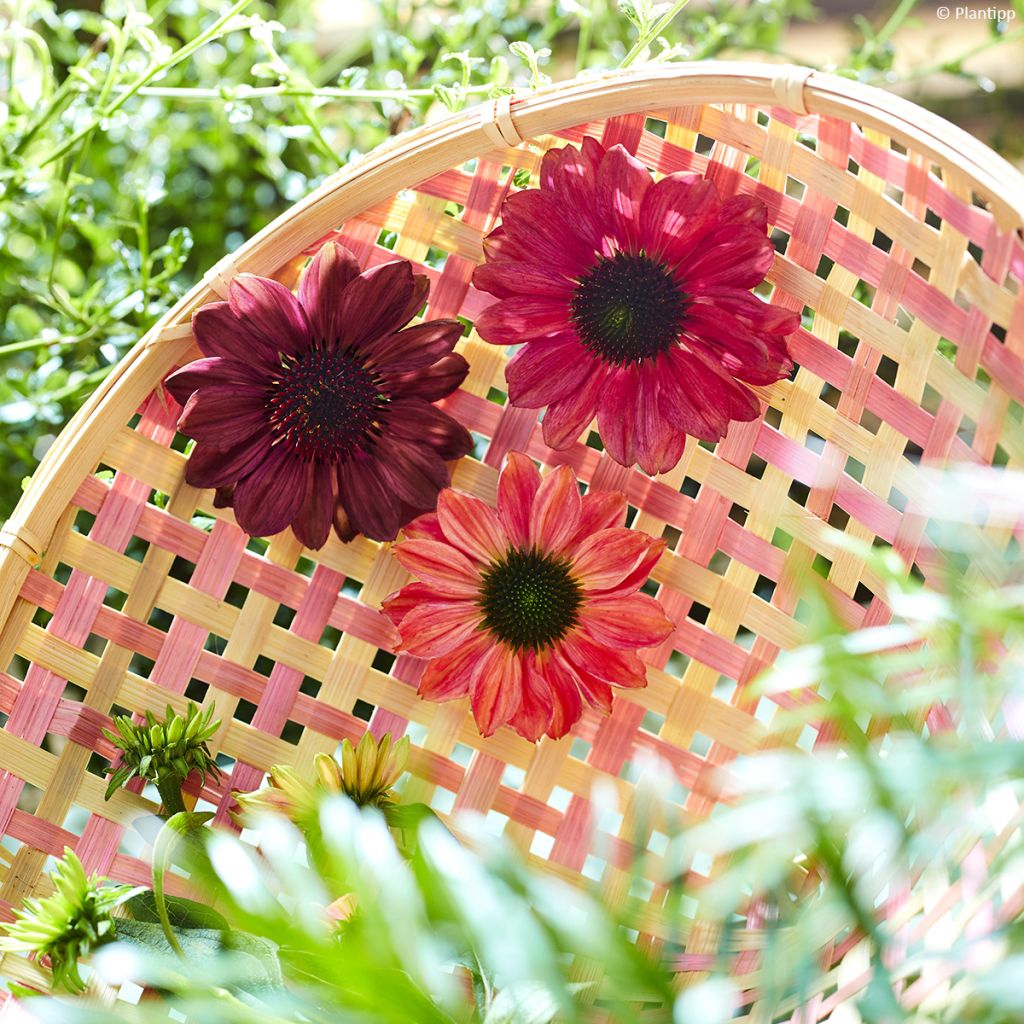

Echinacea Evolution Colorific - Purple coneflower
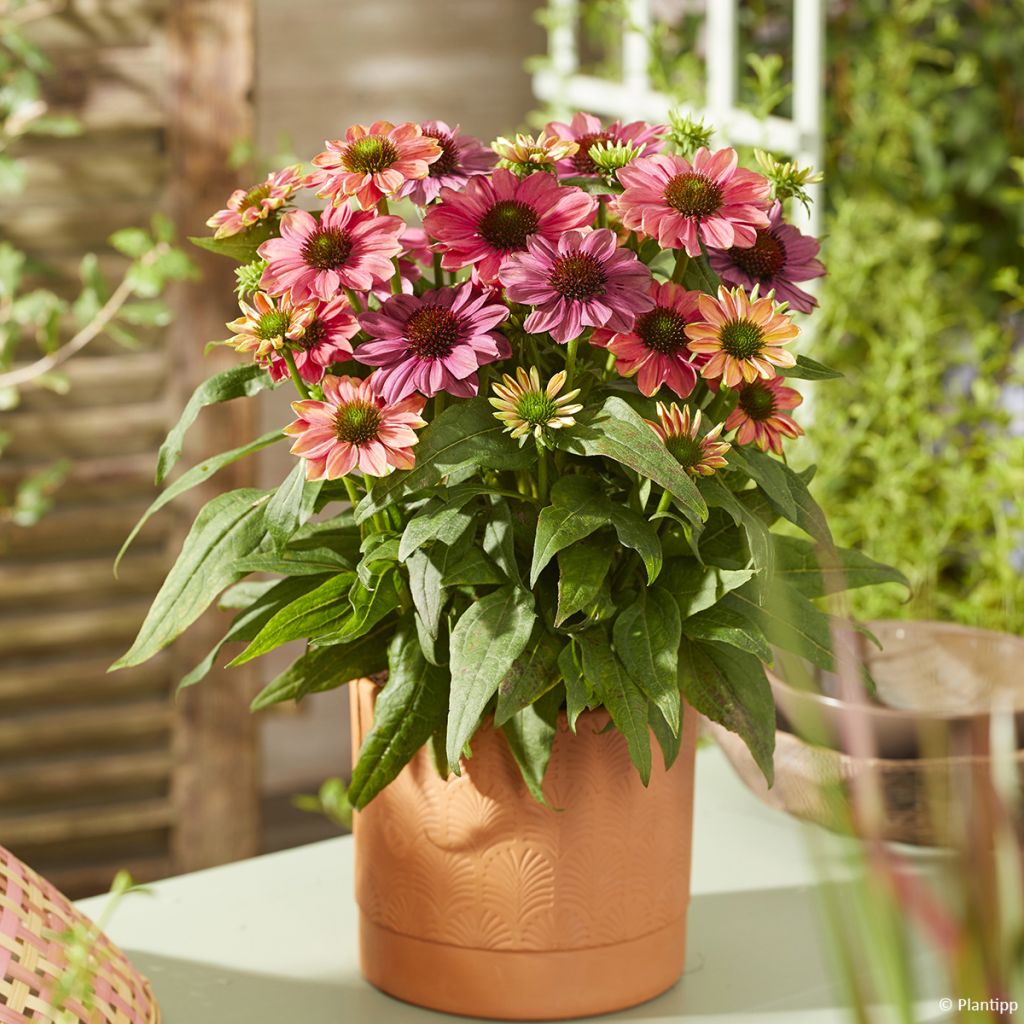

Echinacea Evolution Colorific - Purple coneflower
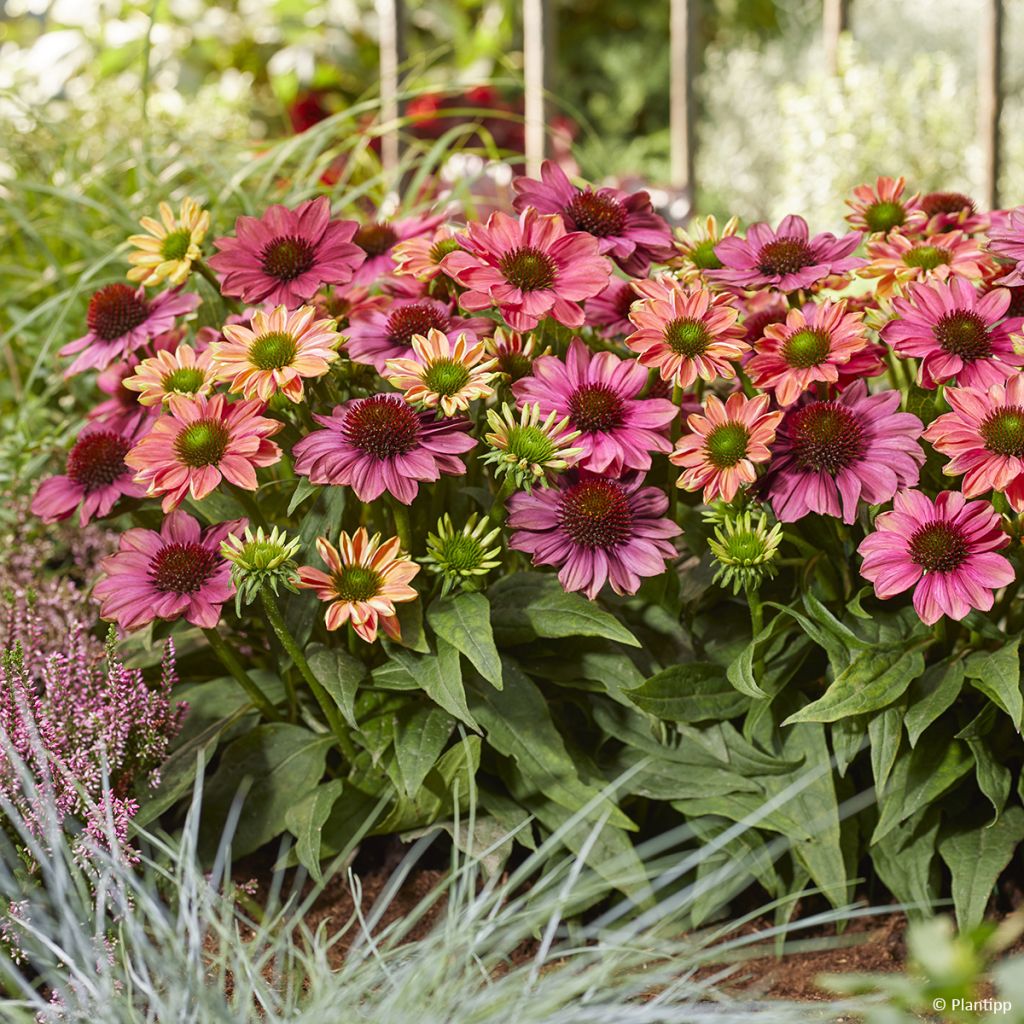

Echinacea Evolution Colorific - Purple coneflower
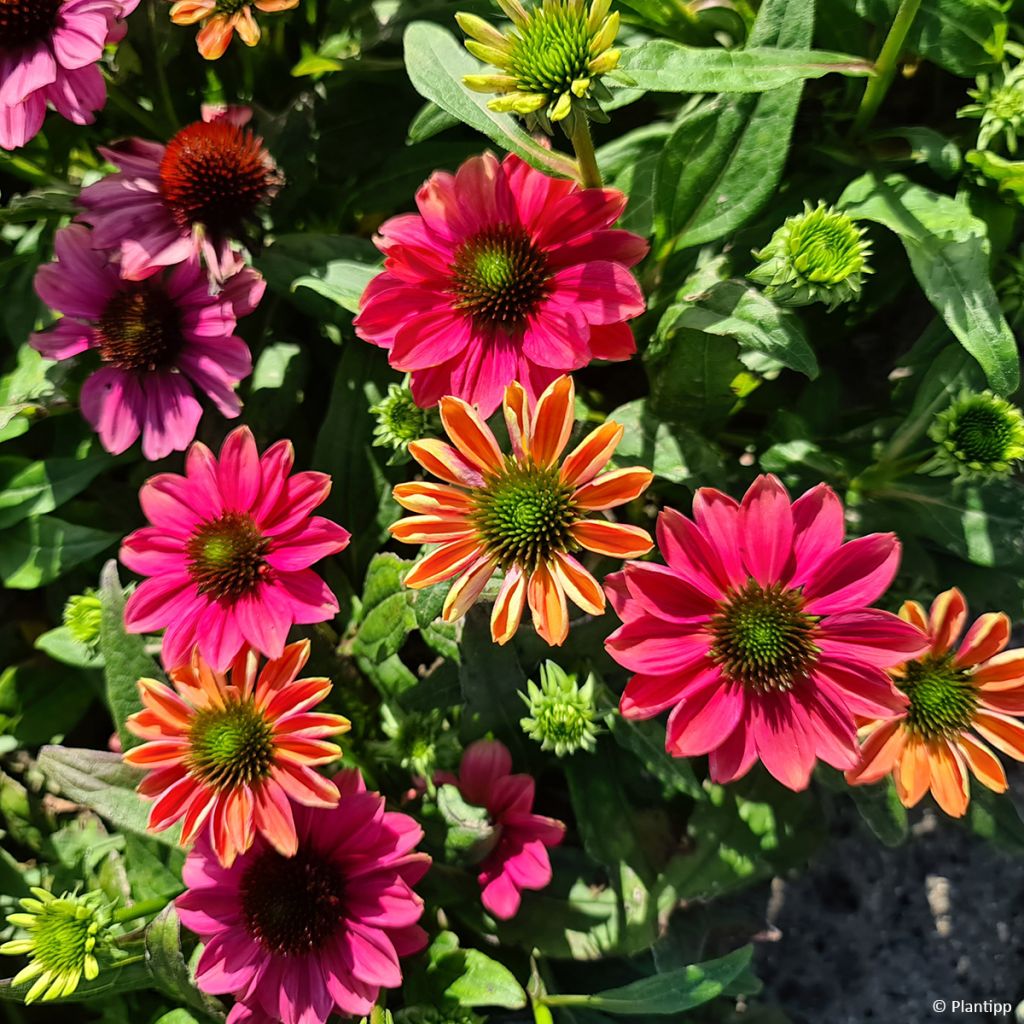

Echinacea Evolution Colorific - Purple coneflower
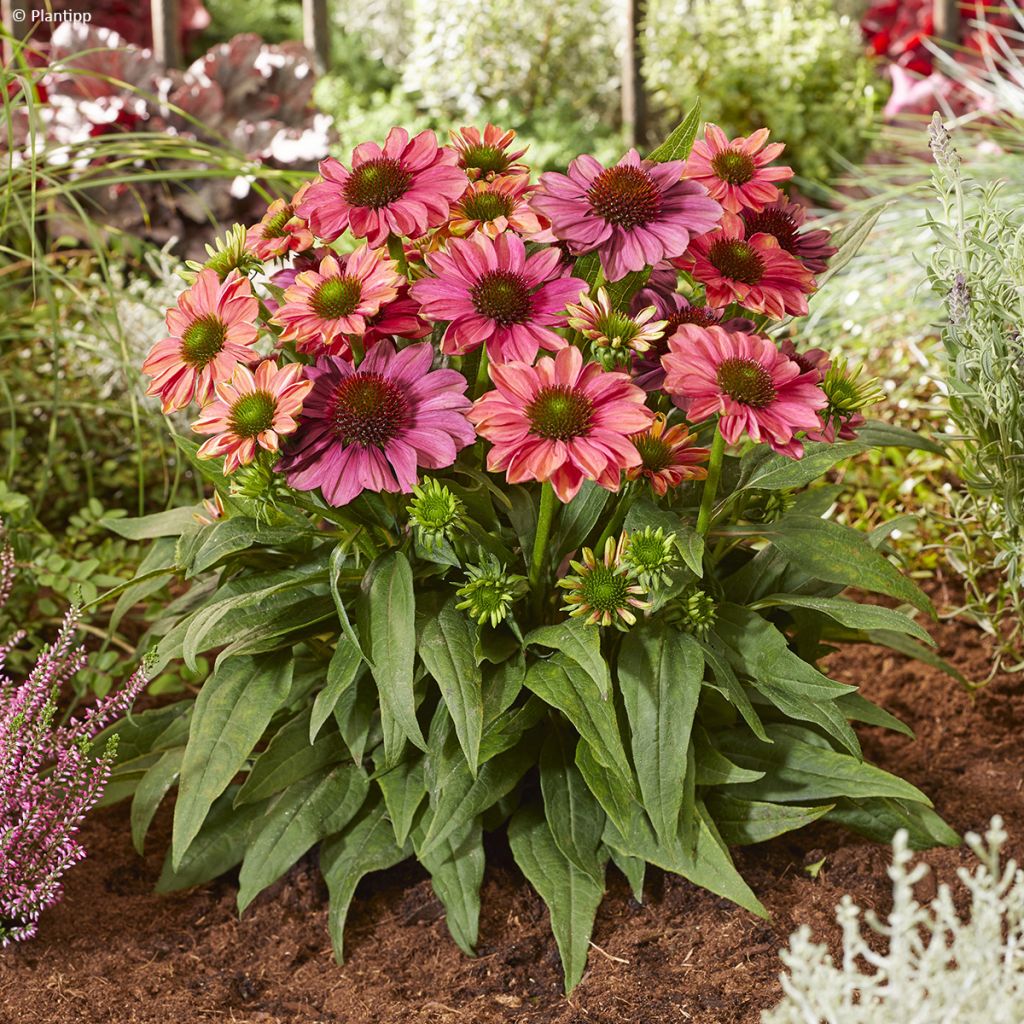

Echinacea Evolution Colorific - Purple coneflower
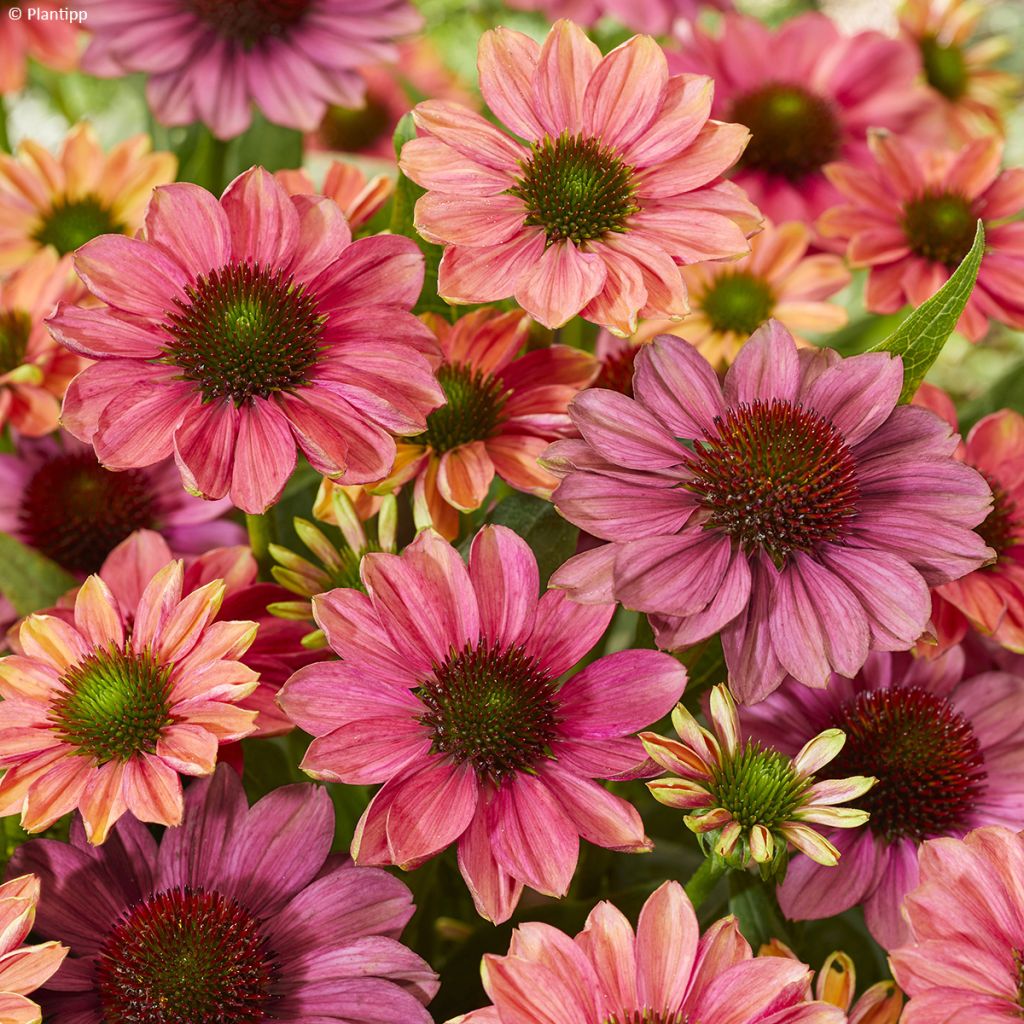

Echinacea Evolution Colorific - Purple coneflower
Echinacea Evolution Colorific - Purple coneflower
Echinacea Evolution Colorific
Eastern purple coneflower, Purple coneflower
Special offer!
Receive a €20 voucher for any order over €90 (excluding delivery costs, credit notes, and plastic-free options)!
1- Add your favorite plants to your cart.
2- Once you have reached €90, confirm your order (you can even choose the delivery date!).
3- As soon as your order is shipped, you will receive an email containing your voucher code, valid for 3 months (90 days).
Your voucher is unique and can only be used once, for any order with a minimum value of €20, excluding delivery costs.
Can be combined with other current offers, non-divisible and non-refundable.
Why not try an alternative variety in stock?
View all →This plant carries a 12 months recovery warranty
More information
We guarantee the quality of our plants for a full growing cycle, and will replace at our expense any plant that fails to recover under normal climatic and planting conditions.
Does this plant fit my garden?
Set up your Plantfit profile →
Description
Echinacea 'Evolution Colorific' Coneflower is a compact, small hybrid variety with a generous cluster of flowers in a range of pink shades from May to September. Its shimmering petals are gathered around a cone that remains a beautiful green. The flowers open in shades of orange before evolving into intense pinks and then purples. The plant forms a dense foliage clump of 30 cm (12in) in all directions. It can be planted at the front of a border, as an edging, or in a container, in full sun.
'Evolution Colorific' Coneflower belongs to the Asteraceae family. It forms a dense and stout clump reaching 30 cm (12in) high and 25 cm (10in) wide. This plant does not weaken under the sun's rays. The deciduous, lanceolate, opposite, green leaves are bristly with rough hairs. The fragrant flowering period lasts from late spring to the end of summer and is loved by butterflies. The reddish-green, branched stems are each topped by a solitary, large flower head, 6 to 8 cm (2 to 3in) in diameter, with a prominent disc resembling a pompom of tiny green florets. The fruit is an achene that releases seeds loved by birds. This plant firmly and deeply anchors itself in the soil with its highly developed root system.
'Evolution Colorific' is easy to grow in ordinary soil. It is very floriferous and ideal for beginner gardeners as well as for enthusiasts of endless, colourful blooms. It remains prominent even during the somewhat empty transitional periods in the garden between spring and autumn. This plant adapts to difficult conditions, tolerating occasional intense heat, humidity, and drought. Plant it at the edge of a border with lavender-blue flowers for a beautiful mix of colours. Consider sages, carnations, dwarf asters, as well as dwarf daylilies. Add clumps of annuals like Nigellas and small grasses like stipas.
The scent of Echinacea varies depending on the stage of flowering. At first, when the florets are in an upright crown, the scent is barely perceptible. At full bloom, when the florets droop, it emits a delicate honey scent, attracting bees, butterflies, and other insects. Once the head is pollinated, the scent takes on a more vanilla note.
Properties: In homoeopathy, its root is used to fight colds and strengthen the immune system. These properties were first used by Native Americans. The name Echinacea comes from the Greek echinos, which means "bristly or like a hedgehog," and acea, which means "having the shape of," alluding to the flower heads.
Flowering
Foliage
Plant habit
Botanical data
Echinacea
Evolution Colorific
Asteraceae
Eastern purple coneflower, Purple coneflower
Cultivar or hybrid
Other Echinacea - Coneflower
View all →Planting and care
Hybrid Coneflowers like Echinacea Evolution Colorific are very cold-resistant and easy to grow in any moist, well-drained soil. They are less tolerant than E. purpurea and its varieties to heavy and very wet soils in winter. This plant takes time to establish and its growth is rather slow. However, once in place it requires no special care and is highly resistant to pests and diseases. It is best planted in spring, in a sunny location, in a mix of compost and well-drained garden soil. The soil should be deep and loose to accommodate its root system. Remove faded flowers as they appear. Divide the clump when flowering slows down. It is a rhizomatous plant that can become invasive if it likes its environment. As the plant ages, it becomes more susceptible to aphid attacks and powdery mildew. Mulch the base in May to retain moisture during summer, as it is sensitive to drought during flowering.
Planting period
Intended location
Care
Planting & care advice
This item has not been reviewed yet - be the first to leave a review about it.
Haven't found what you were looking for?
Hardiness is the lowest winter temperature a plant can endure without suffering serious damage or even dying. However, hardiness is affected by location (a sheltered area, such as a patio), protection (winter cover) and soil type (hardiness is improved by well-drained soil).

Photo Sharing Terms & Conditions
In order to encourage gardeners to interact and share their experiences, Promesse de fleurs offers various media enabling content to be uploaded onto its Site - in particular via the ‘Photo sharing’ module.
The User agrees to refrain from:
- Posting any content that is illegal, prejudicial, insulting, racist, inciteful to hatred, revisionist, contrary to public decency, that infringes on privacy or on the privacy rights of third parties, in particular the publicity rights of persons and goods, intellectual property rights, or the right to privacy.
- Submitting content on behalf of a third party;
- Impersonate the identity of a third party and/or publish any personal information about a third party;
In general, the User undertakes to refrain from any unethical behaviour.
All Content (in particular text, comments, files, images, photos, videos, creative works, etc.), which may be subject to property or intellectual property rights, image or other private rights, shall remain the property of the User, subject to the limited rights granted by the terms of the licence granted by Promesse de fleurs as stated below. Users are at liberty to publish or not to publish such Content on the Site, notably via the ‘Photo Sharing’ facility, and accept that this Content shall be made public and freely accessible, notably on the Internet.
Users further acknowledge, undertake to have ,and guarantee that they hold all necessary rights and permissions to publish such material on the Site, in particular with regard to the legislation in force pertaining to any privacy, property, intellectual property, image, or contractual rights, or rights of any other nature. By publishing such Content on the Site, Users acknowledge accepting full liability as publishers of the Content within the meaning of the law, and grant Promesse de fleurs, free of charge, an inclusive, worldwide licence for the said Content for the entire duration of its publication, including all reproduction, representation, up/downloading, displaying, performing, transmission, and storage rights.
Users also grant permission for their name to be linked to the Content and accept that this link may not always be made available.
By engaging in posting material, Users consent to their Content becoming automatically accessible on the Internet, in particular on other sites and/or blogs and/or web pages of the Promesse de fleurs site, including in particular social pages and the Promesse de fleurs catalogue.
Users may secure the removal of entrusted content free of charge by issuing a simple request via our contact form.
The flowering period indicated on our website applies to countries and regions located in USDA zone 8 (France, the United Kingdom, Ireland, the Netherlands, etc.)
It will vary according to where you live:
- In zones 9 to 10 (Italy, Spain, Greece, etc.), flowering will occur about 2 to 4 weeks earlier.
- In zones 6 to 7 (Germany, Poland, Slovenia, and lower mountainous regions), flowering will be delayed by 2 to 3 weeks.
- In zone 5 (Central Europe, Scandinavia), blooming will be delayed by 3 to 5 weeks.
In temperate climates, pruning of spring-flowering shrubs (forsythia, spireas, etc.) should be done just after flowering.
Pruning of summer-flowering shrubs (Indian Lilac, Perovskia, etc.) can be done in winter or spring.
In cold regions as well as with frost-sensitive plants, avoid pruning too early when severe frosts may still occur.
The planting period indicated on our website applies to countries and regions located in USDA zone 8 (France, United Kingdom, Ireland, Netherlands).
It will vary according to where you live:
- In Mediterranean zones (Marseille, Madrid, Milan, etc.), autumn and winter are the best planting periods.
- In continental zones (Strasbourg, Munich, Vienna, etc.), delay planting by 2 to 3 weeks in spring and bring it forward by 2 to 4 weeks in autumn.
- In mountainous regions (the Alps, Pyrenees, Carpathians, etc.), it is best to plant in late spring (May-June) or late summer (August-September).
The harvesting period indicated on our website applies to countries and regions in USDA zone 8 (France, England, Ireland, the Netherlands).
In colder areas (Scandinavia, Poland, Austria...) fruit and vegetable harvests are likely to be delayed by 3-4 weeks.
In warmer areas (Italy, Spain, Greece, etc.), harvesting will probably take place earlier, depending on weather conditions.
The sowing periods indicated on our website apply to countries and regions within USDA Zone 8 (France, UK, Ireland, Netherlands).
In colder areas (Scandinavia, Poland, Austria...), delay any outdoor sowing by 3-4 weeks, or sow under glass.
In warmer climes (Italy, Spain, Greece, etc.), bring outdoor sowing forward by a few weeks.






























